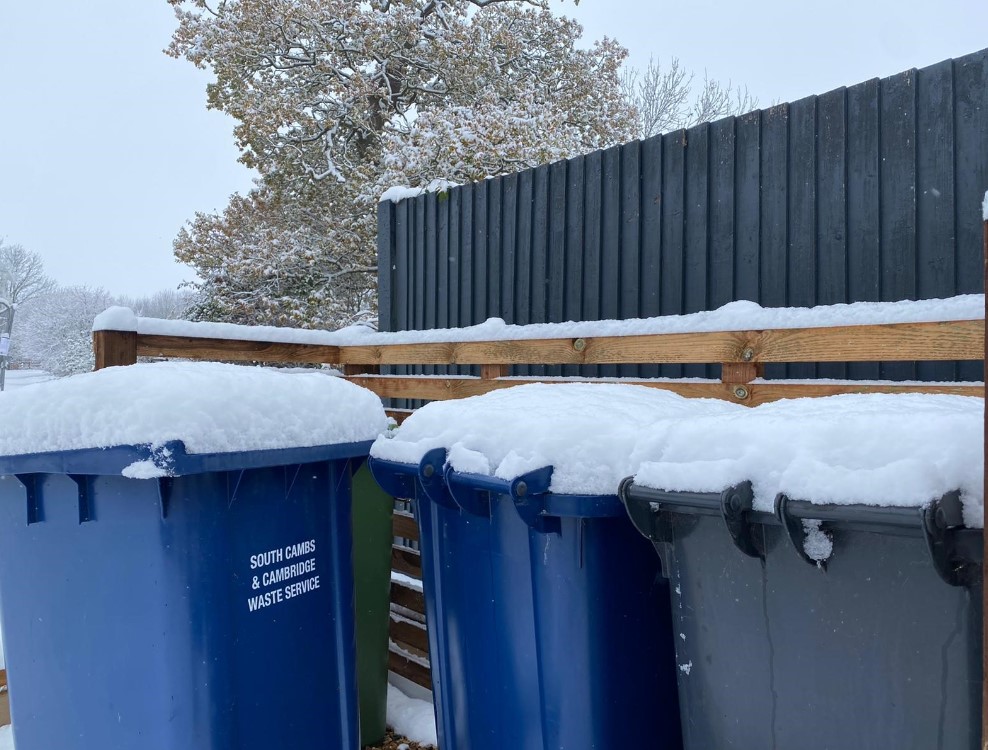Asbestos is a naturally occurring mineral that can strengthen building materials and make them more resistant to weathering and fire. Building materials containing asbestos were commonly used in domestic properties from the 1950s onwards. The peak period of use was in the 1960s and 1970s.
If building materials are disturbed or damaged they can release the asbestos fibres. The fibres can be harmful if they are breathed in and remain in the lungs. Using asbestos in new buildings was banned in 1999.
Inside older homes, you might find asbestos in textured or panelled ceilings and walls, and other tiles and boards. It has also been used in boiler flues, cold-water tanks, toilet cisterns and more.
Outside, you might find it in corrugated roofing on garages and sheds, gutters and downpipes, and elsewhere.
Damaged asbestos
If you suspect asbestos has been damaged in your home, contact our Repairs and Maintenance team.
Keep people away from the damaged material until we can assess and repair the damage. Do not attempt to repair damaged asbestos yourself, or sweep up or use a vacuum cleaner to remove the debris.
The Health and Safety Executive (HSE) advises that asbestos is only a risk when disturbed or damaged. If the fibres are inhaled and remain in the lungs, they can lead to an asbestos-related disease developing.
Firmly bonded and hard-wearing materials are less of a risk than softer materials that are vulnerable to damage. Asbestos that is in good condition and not worn or damaged is not a risk to health.
Alterations to your home
If you want to make alterations to your council home, you must get permission from us first. You must inform us of any intended work, whether or not you are planning to hire someone to do it.
Part of this procedure will involve us checking to see if we have any information about asbestos in your home. If we do, we will tell you where the asbestos is located. It’s your responsibility to pass the information on to anyone in your home who might come into contact with asbestos.
If we have no information, you must tell the builder this – it is then their responsibility to check for asbestos.
Decorating
Painting using a brush or roller won’t damage asbestos or release any fibres from materials in a good condition.
But you shouldn’t sand or scrape materials containing asbestos, or anything that you don’t know what it is made of.
Disposal of asbestos
We encourage you to hire a specialist licensed contractor to remove asbestos, as recommended by the Health and Safety Executive.
Asbestos is always there for a purpose – it was used to make materials durable, weatherproof, or heat-resistant. If it is removed, it needs to be replaced by a suitable non-asbestos product.
Cement-bonded asbestos
Cement-bonded asbestos is a hazardous waste and needs to be handled and disposed of safely.
Cambridgeshire County Council offers a disposal service for small quantities of cement-bonded asbestos found in the home.



